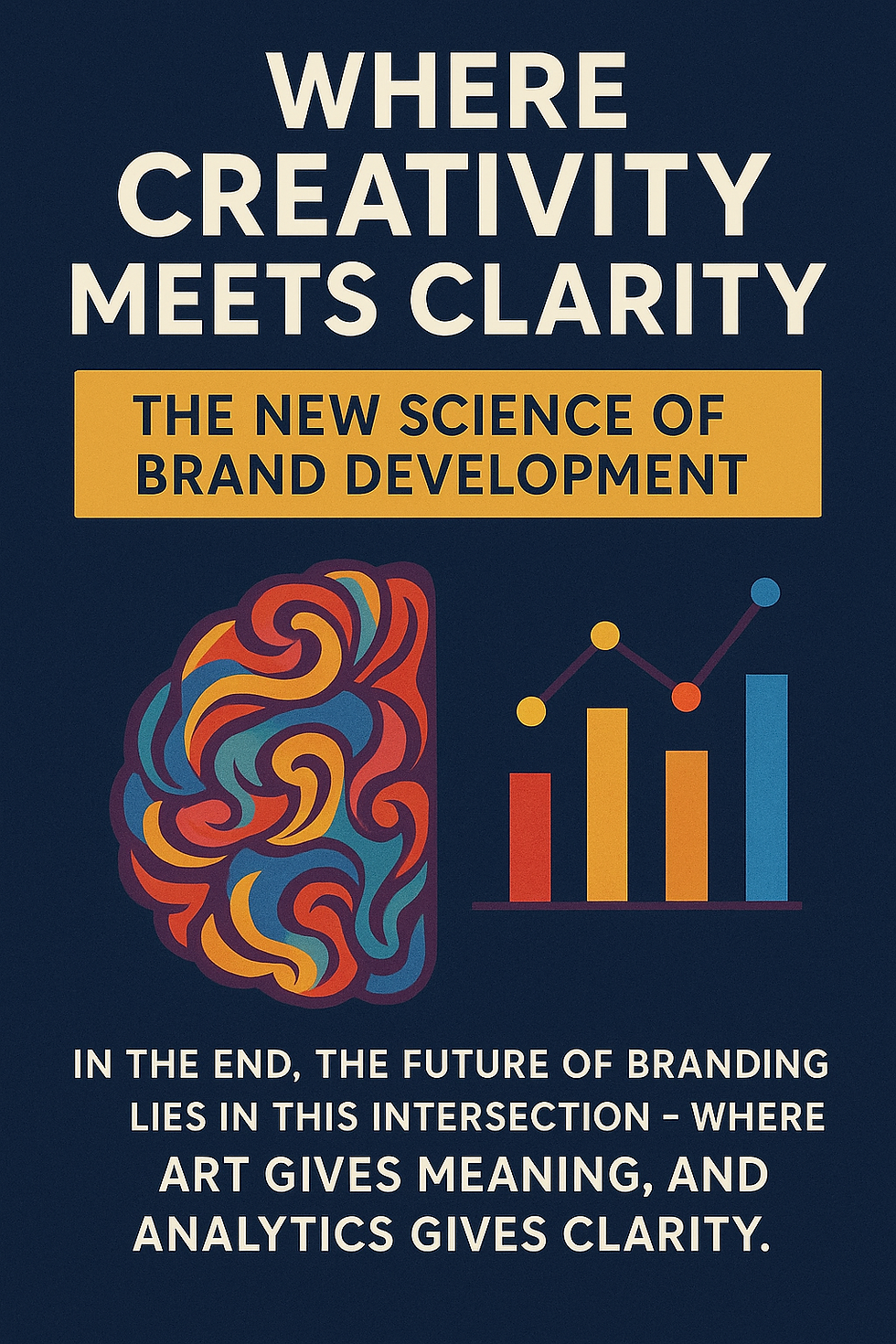🤖 Educating for the AI Age: STEAM Up
- Uttam Sharma
- May 11
- 4 min read
How Artificial Intelligence Is Reshaping Our Future?

Artificial Intelligence (AI) is no longer confined to the realm of science fiction; the AI revolution is already upon us. Increasingly integrated into daily life through applications like virtual assistants and self-driving cars, AI is rapidly advancing. This transformative era signifies more than just faster technology; it represents a deep societal shift influencing everything from the global economic landscape to individual career trajectories.
🧠 From Philosophy to Neural Networks: A Brief History of AI
AI’s roots back to ancient logic and philosophy. Thinkers like Aristotle and Descartes laid the groundwork for machine reasoning long before computers existed. In the 17th century, mathematician Gottfried Wilhelm Leibniz even envisioned a "calculus of reasoning" — a concept eerily close to modern algorithms [1].
Fast forward to the 1950s, when the term “Artificial Intelligence” was coined, and early programs began simulating reasoning. The field took major steps in the 1960s and 70s, developing the first humanoid robots and autonomous vehicle prototypes. But it wasn’t all smooth sailing — the AI Winters of the 1980s and 1990s saw funding dry up due to limited real-world results [2].
Then came the deep learning era.
📈 AI’s Breakthrough Moments: 2012 Onwards
The real turning point came in 2012, when Google researchers Jeff Dean and Andrew Ng trained a neural network to recognize cats in YouTube videos — using only unlabeled data. This marked the arrival of machine learning at scale.
Since then, AI has rapidly advanced:
In 2016, Sophia the robot became the first robot citizen, capable of realistic conversations.
In 2018, Alibaba’s AI beat humans on a Stanford reading test.
By 2020, OpenAI’s GPT-3 demonstrated how machines could write essays, code, and stories like humans.
In 2021, DALL·E extended these capabilities to images, revolutionizing how AI understands visuals [2].
These milestones reflect how AI has evolved from logic processors to creative collaborators.
🌍 Impact on Jobs and the Global Economy
By 2024, AI has fully infiltrated the global job market. It’s disrupting traditional roles while simultaneously creating entirely new careers — like machine learning engineers, climate data scientists, and AI ethics consultants. Many of these roles didn’t exist even five years ago [2].
In India, the tech revolution has created millions of jobs. The IT-BPM sector alone employed over 4.5 million people in 2022–23. However, as automation spreads, 9% of India’s workforce could be displaced by 2030, according to the World Bank [3].
This duality — job creation and job displacement — is what defines the AI revolution.
📉 Challenges in India: Skill Gaps and Educational Mismatches
Despite the tech boom, India faces serious challenges in talent readiness. New IITs, private universities, and colleges often fail to produce graduates with industry-ready skills, especially in areas like AI, cybersecurity, and data analytics [4].
There’s also a decline in students pursuing higher education, leading to faculty shortages and a drop in research quality. The result?
A widening gap between what the industry needs and what the education system delivers. This “skills deficit” could undermine India’s potential to lead in AI unless bold steps are taken to revamp education and integrate practical, innovation-driven learning [4].
💡 Why Soft Skills and Creativity Matter in an AI World
the challenge isn’t just technical upskilling — it’s about developing creative, adaptable minds. Even with access to infrastructure, many students fall short due to lack of:
Leadership
Risk-taking mindset
Communication and collaboration abilities
Integrating arts into the current STEM curriculum, transforming it into STEAM, offers effective pathways to learn crucial skills. Practical methods such as incorporating drama exercises, hands-on DIY projects, and educational mobile games can foster the development of essential competencies like leadership, a willingness to take risks, and strong communication and collaboration abilities.
🛠️ Conclusion: Adapt, Don’t Fear
The AI revolution is not a distant possibility but our present reality, fundamentally reshaping economies and societies. While this seismic shift presents the challenge of job displacement through automation, it simultaneously unlocks unprecedented opportunities for innovation and the creation of entirely new roles. For India, navigating this transition successfully hinges on urgently addressing the critical skills deficit. It's not enough to simply focus on technical proficiency; the true differentiator in an AI-driven world lies in cultivating uniquely human capabilities – leadership, risk-taking, communication, and collaboration. The pathway forward is clear: a bold transformation of our educational landscape. By embracing a STEAM approach and leveraging dynamic, practical methods like drama, DIY projects, and educational games, we can nurture the creative, adaptable minds essential for the future. Failure to act decisively risks widening the gap between potential and reality. By proactively investing in this holistic development, India has the chance not just to adapt, but to leapfrog and lead in the global AI era, ensuring that this revolution enhances, rather than diminishes, human potential.
📚 References (as cited in the book):
Turing, A. M. (1950). "Computing Machinery and Intelligence." Mind, 59(236), 433–460.
https://timesofindia.indiatimes.com/blogs/adi-bytes/evolution-of-the-job-market-in-india/



Comments